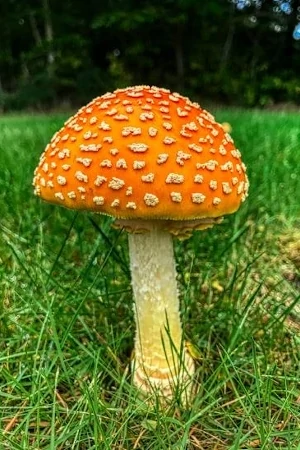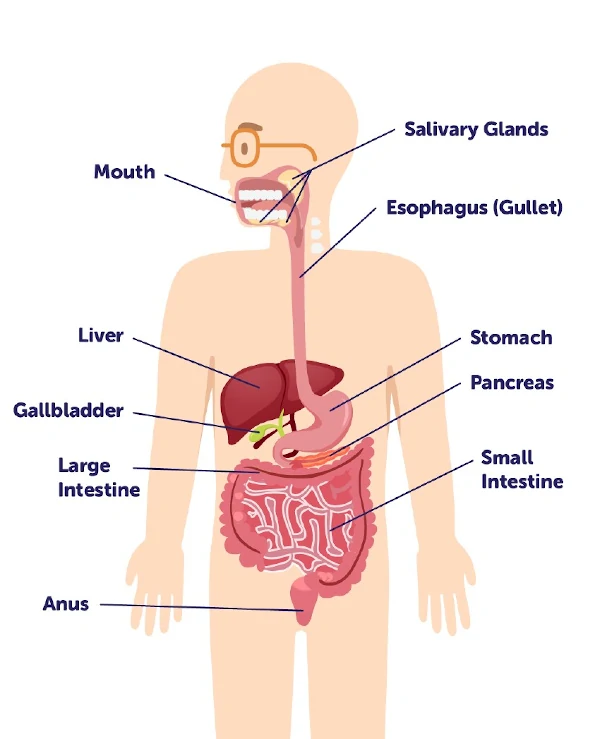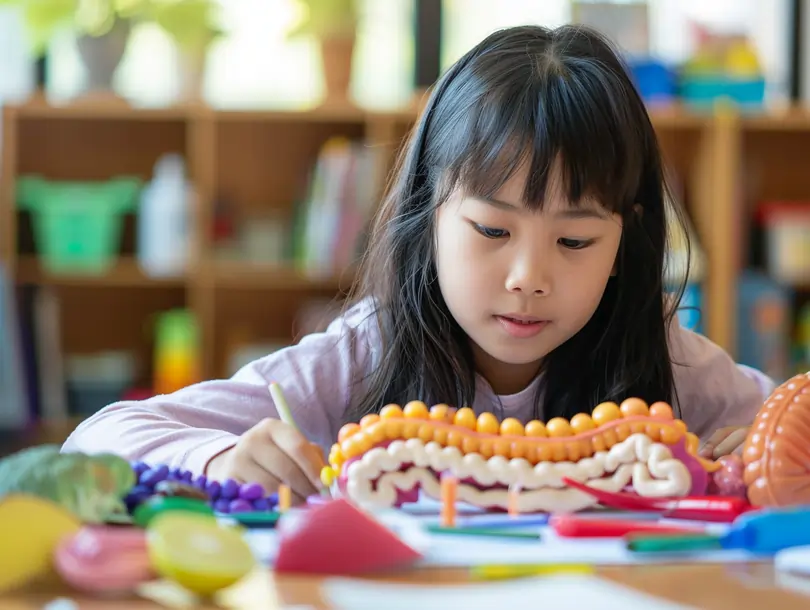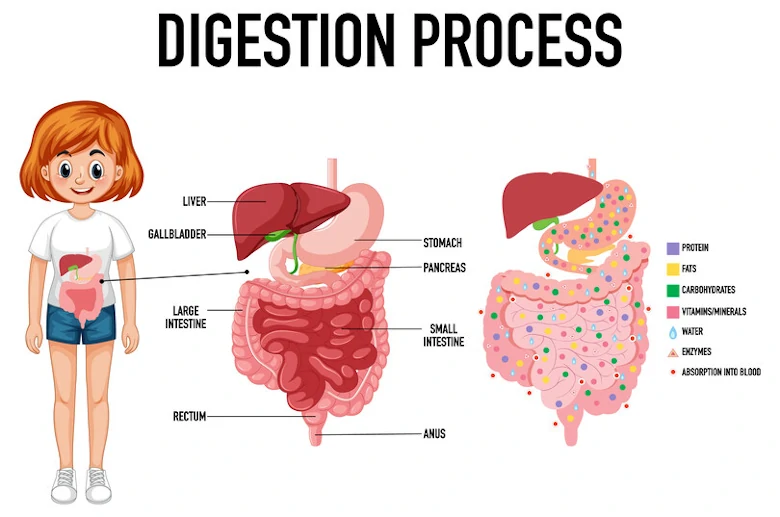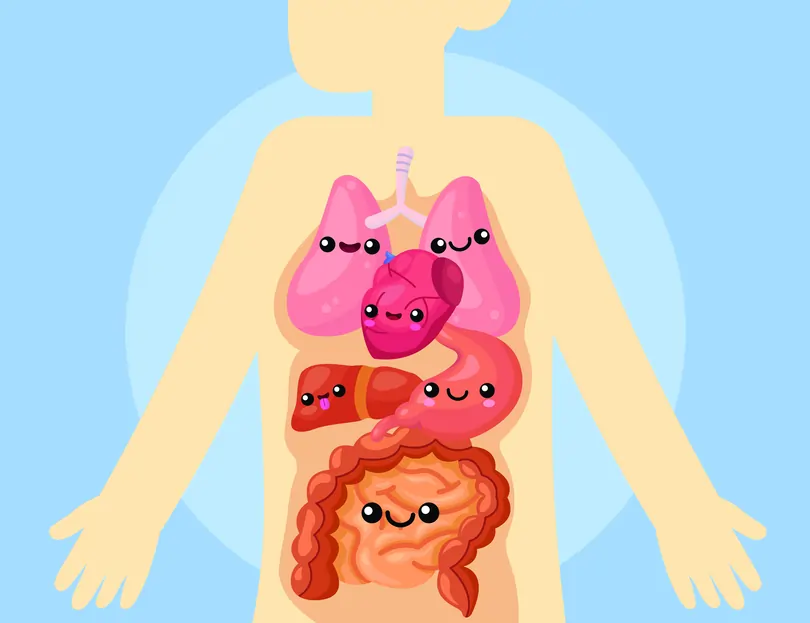Fungi & Bacteria
In this article, you will learn about fungi and bacteria according to the Singapore Primary 3 Science Syllabus. At the end of the article, you will be able to recognise the characteristics of fungi and bacteria and also be able to list some examples of fungi.
Fungi
A fungus (plural: fungi) is not a plant as it does not have roots, stems or leaves. A fungus is unable to make its own food as it does not have chlorophyll to trap sunlight for photosynthesis.
Examples of fungi are mushroom, toadstool, Jew’s ear, mould, and yeast.
Most fungi reproduce by spores that are found in the gills under their cap as shown in the diagram below.
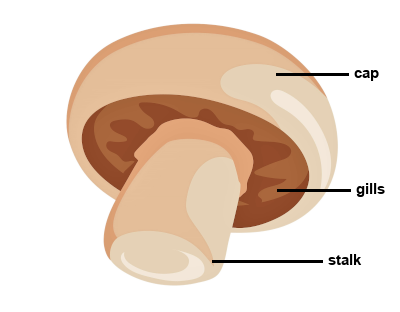
Image credits: pch.vector - mushroom
Most fungi grow best in moist and warm areas. As most fungi are unable to move about freely from place to place, they are fixed in positions.
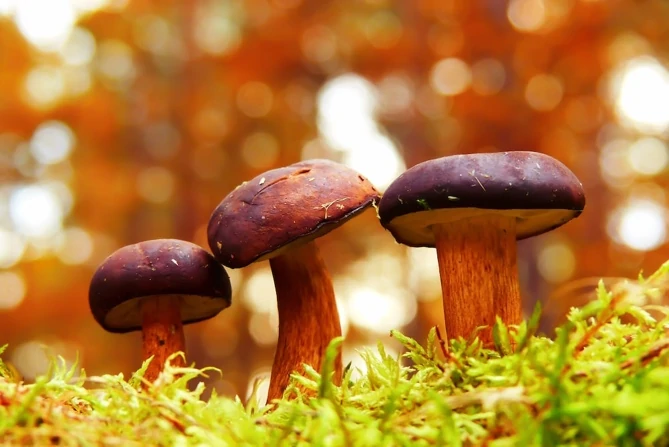
Image credits: Krzysztof Niewolny - wild fungi
There are some microscopic fungi such as yeast and mould. Yeast and mould are too small to be seen by the naked eye. Fungi are also a type of decomposer. They obtain food by breaking down dead organisms into simple substances though decomposition and absorb the simple substances as food.
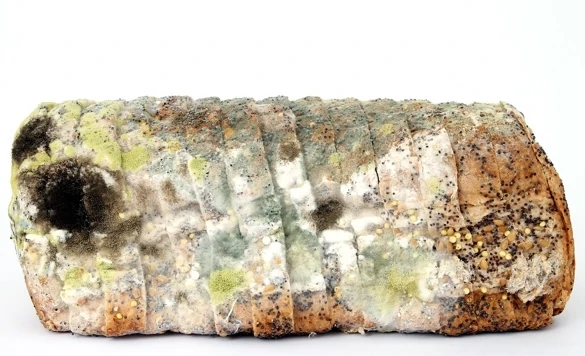
Image credits: Krzysztof Niewolny - bread mould growing on bread
Some fungi are edible, such as the button mushroom, Jew’s ear and shiitake mushroom. Other fungi are inedible as they are poisonous. Examples of inedible fungi are toadstool and death cap mushrooms.
|
Image credits: Benjamin Balázs - Death cap mushroom |
Image credits: Larry Ferreira - toadstool |
Bacteria
A bacterium (plural: bacteria) is a microorganism that is too small to be seen with the naked eye. A microscope is needed to observe bacteria. As most bacteria do not have chlorophyll, they are unable to make their own food. Bacteria are also a type of decomposer and they obtain food by breaking down dead organisms into simple substances through decomposition and absorbing the simple substances as food.
Some bacteria are good bacteria as they benefit our health, such as aiding in the digestion of food. However, some bacteria are harmful as they cause us to fall sick, such as E.coli.
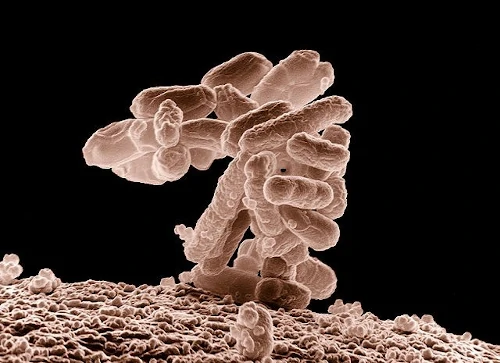
Image Credits: wikipedia - microscopic video of E.coli
Conclusion
In this article, we learnt that fungi are not plants as they cannot make their own food. Fungi also do not have roots, stems or leaves and most fungi reproduce by spores. Some fungi are edible while some are inedible.
We also learnt that bacteria are microorganisms that are too small to be seen with the naked eye. Some bacteria are beneficial to us while some are harmful to us. Both fungi and bacteria are decomposers. They obtain food by breaking down dead organisms into simple substances through decomposition and absorbing the simple substances as food.
| Continue Learning | |
|---|---|
| Systems | Diversity Of Materials |
| Plants And Their Parts | Living And Non-Living Things |
| Diversity Of Plants | Digestive System |
| Diversity Of Animals | Fungi & Bacteria |
Test Yourself
Jane saw a living thing growing on a log as shown in the picture below. It does not have any green parts and it reproduce by spores.

Which of the following organisms could this living thing be?
The living thing does not have any green parts and it reproduces by spores. This shows that this living thing is not a plant. Fern, moss and grass are plants. Mushroom is a fungus and not a plant.
Mina made the following observations on thing T.
Thing T reproduces from spores.
Thing T is unable to make its own food.
Thing T needs air, food and water in order to survive.
Which of the following is most likely to be thing T?
Thing T reproduces by spores and unable to make its own food. This shows that thing T is not a plant. Thing T needs air, food and water for survival shows that it is a living thing. A tree and a sunflower are plants while a chair is a non-living thing. A toadstool is a fungus, reproduces by spores and unable to make its own food.
Which of the following statements is true about the fungi and bacteria?
1: Both fungi and bacteria can make their own food.
2: Both fungi and bacteria depend on other living thing for food.
3: Both fungi and bacteria can only be seen through a microscope.
4: Both fungi and bacteria are able to move freely from place to play on their own.
Both fungi and bacteria are decomposers. They obtain food by breaking down dead organisms into simple substances though decomposition and absorb the simple substances as food. They are unable to make their own food and unable to move freely from place to place. Not all fungi needs a microscope to be seen.
Which of the following cannot make its own food?
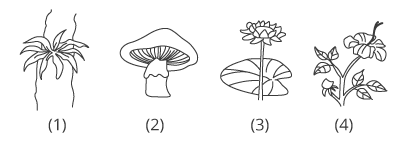
Option (1) is a bird's nest fern. It is a plant, it is able to make its own food.
Option (2) is a mushroom. It is a fungus. Therefore it cannot make its own food.
Option (3) is a lotus plant. It is able to make its own food.
Option (4) is a hibiscus plant. It is able to make its own food.
Jack left a slice of bread in his locker. After a week, he saw green patches growing on the bread. What are these green patches?
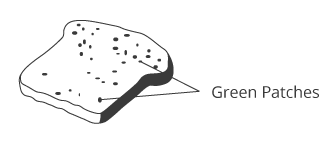
Mould is the correct answer.


 SG
SG  VN
VN 

